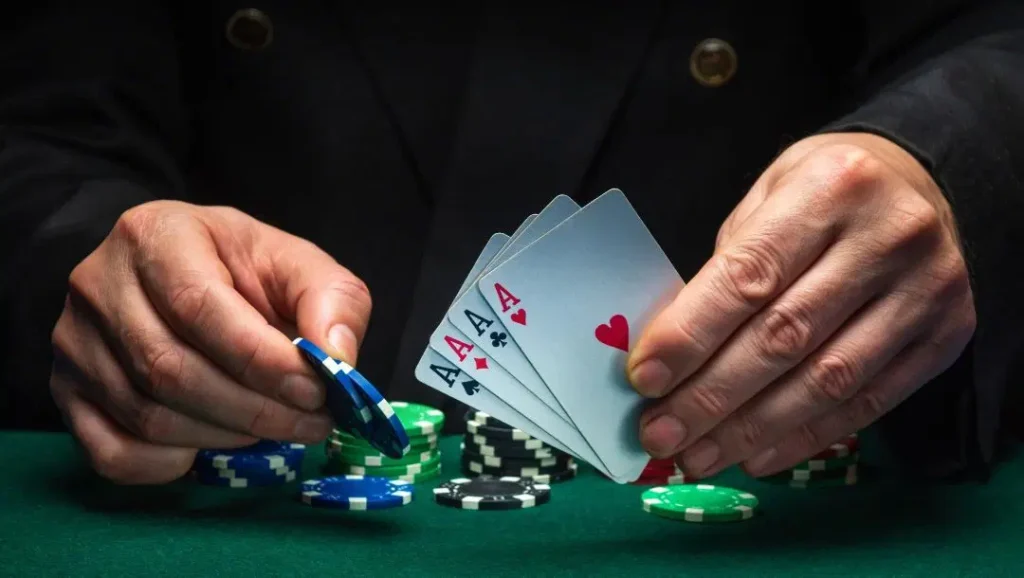The Art of Omaha Poker Hand Reading

Mastering Omaha poker requires honing an important skill: setting your opponent’s ranges. Doing this allows you to capitalize on his mistakes and increase profits at the table.
To assess an opponent on a range, it’s best to observe their actions prior to the flop and note any patterns such as raising pre-flop with strong hands or slow playing weak ones.
Pre-flop betting phase
Omaha may seem straightforward enough at first glance, yet its complexity is often underestimated by newcomers to the game. Due to unfamiliarity with its rules and betting structures, making mistakes during tournaments may be easy; some may also overplay their hands too often and risk wasting valuable chips in doing so.
To put your opponents on a range, you should utilize a large data sample to evaluate their pre-flop play. Key figures to keep an eye out for include VPIP, PFR and 3B% as these will give an indication of whether an opponent is loose, tight or in between.
Once you have an understanding of your opponent’s range, you can manipulate it through various actions. For instance, if they appear to be calling with weak value hands then using larger bluff bet sizings might force them out early and fold their cards; this is one of the keys to being an outstanding poker player and distinguishes average from great.
Post-flop betting phase
Omaha poker requires you to understand your opponents and how they think, with actions taken during each betting round providing clues to their ranges and what type of hands they might hold – for instance if they call your raise on the flop then they probably possess an excellent low hand.
On the other hand, if someone checks raises on an A8s 7s board then they likely have a suited A-K hand with both potential for both high and low potential, as well as backdoor draws – these hands far surpass most people’s garbage hands played.
Omaha hands should also be seen as individual cards rather than combinations of hands. An A-K Q-7 hand would be considered strong since it contains potential nuts high and nuts low potential; however, such “dangler” cards (called bluff cards ) would add even greater strength; these “danglers” are relatively rare to come across in Omaha.
Limits
Omaha hands are complex multi-faceted entities that must be evaluated holistically to be understood properly. It can be seemed worthless on its own but once combined into a coordinated hand it becomes one of its key elements. Conversely, looking only at pocket pairs before the flop and not accounting for their potential value could result in misjudgments of value by players who underestimate them by not considering their value before looking further down their hands’ chain.
Omaha players tend to gain more information earlier about their final hand, enabling them to more accurately calculate their chances of capturing some or all of the pot.
Omaha makes it more difficult for weaker players to exploit opponents as easily, leading to less deception and more honest game overall. Over time, this predictability becomes harder to beat; this may explain why so many experienced Hold’em players struggle adapting to Omaha.
Bluffing
When bluffing, it’s key that you be able to accurately predict which hands your opponent is most likely to call with the help of the 3 rules of effective bluffing. Doing this allows you to always know which hands would make for good candidates for bluffs.
Be mindful that ranges are never linear and will change with each action you take during a hand. A good player will start by exploring their preflop tendencies before refining their range throughout. This can assist them in making effective decisions such as slow playing strong hands and placing opponents on various hands at different stages in a hand.
These techniques will enable them to make thinner bets more often, leading to greater value from their bluffs – one of the key differences between successful poker players and those who struggle. All poker players should aim to achieve this ability.
